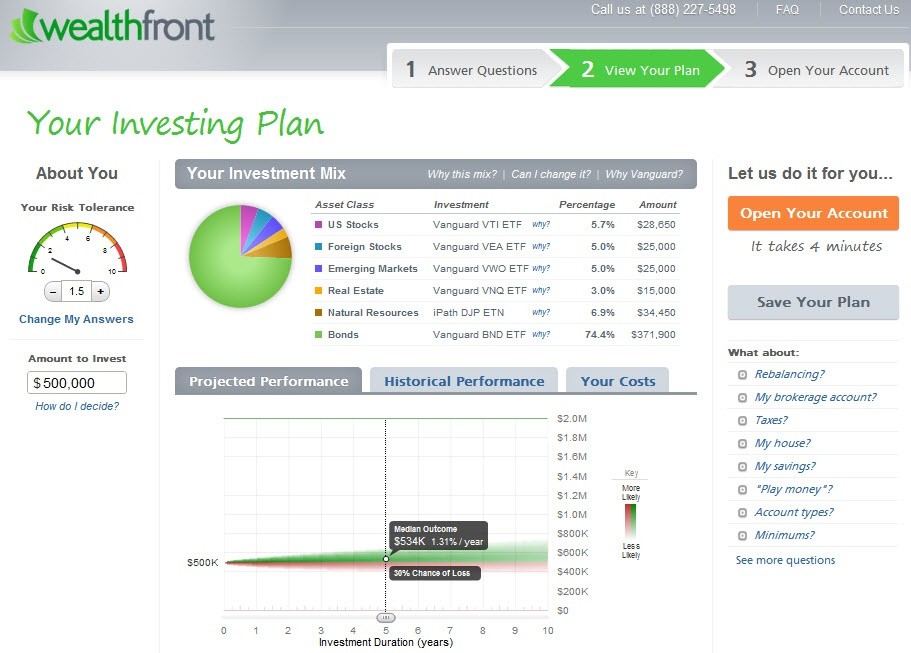How To Harvest Year End Tax Losses CBS News
Post on: 17 Август, 2015 No Comment

Last Updated Dec 10, 2009 3:51 PM EST
Even though the stock market is positive year-to-date, you probably have some stock or mutual fund holdings that aren’t worth as much as you paid for them a few years ago. If that’s the case, you may want to consider recognizing some losses to save taxes this year.
This process is called tax loss harvesting, and it requires a three step analysis: Net your capital gains and losses, offset excess losses against ordinary income and then watch out for the wash sale rule.
Netting Gains and Losses. If you have investments in a non-retirement plan account (like a basic brokerage account), then transactions in those accounts are subject to tax each year. If you happen to have sold securities earlier in the year and recognized a capital gain on the sale, you should look at your portfolio and see if there are securities you can sell for a loss to offset that gain.
- For instance, assume you had a long term capital gain of $1,000 from a sale earlier in the year. Look at your account and see if there is something with a long term capital loss of $1,000 that you can sell. When you net the $1,000 loss against the $1,000 gain, you would have no capital gains for the year and thus would owe no taxes.
- Now you don’t want to just sell something to recognize a loss, but if you have an investment that you otherwise don’t want to hold anymore, then you can sell that holding for a loss and use it to offset the prior gains.
- You have to net-out short and long term capital gains separately. It’s a little complicated, but worth the effort.

Offset Against Income. If you have capital losses for the year, but don’t have any capital gains, then you should consider offsetting the capital loss against some of your ordinary income (think salary) for the year.
- Assume you sold a mutual fund earlier in the year for a $3,000 loss, but you have no capital gains for the year. Well, the IRS gives you an opportunity to deduct up to $3,000 of capital losses against your salary or other ordinary income.
- Assuming you’re in the 25 percent tax bracket, that $3,000 deduction saves you $750 in income taxes.
- If you had more than $3,000 of capital losses for the year, you can carry forward the excess loss and use it to offset future capital gains or against your ordinary income again.
Wash Sale. Before you start selling things, you have to be aware of something called the wash sale rule. This rule basically says that you can’t recognize the loss if you buy the same or a substantially identical security within 30 days before or after the sale.
- For example, you can’t sell stock A for a loss today, and then buy stock A again tomorrow and get the tax benefit of the deduction. The IRS basically ignores the transaction. You would have to wait more than 30 days before repurchasing the same stock.
- But what if you don’t buy the same stock? In that case, you can usually use the loss. So assume you owned bank stock A that you sell for a loss, but still want to have exposure to banks. So the next day you buy bank stock B. That would generally be fine because you bought two different stocks.
- It gets more complicated if you sell a mutual fund or ETF. While there are no clear rules, it’s basically a judgement call.
- The current thinking is that if you buy something that has different holdings and a different risk profile, then it would not be considered substantially identical. For instance, if you sold an ETF that tracked the DOW 30 and bought one that tracked the Russell 3000, that may not constitute substantially identical holdings because one security holds only 30 specific stocks and the other holds 3,000.
Accountant. If you aren’t well versed in the specifics of tax loss harvesting, especially the wash sale rule, it’s worth a quick call to your accountant to confirm your ability to use any losses. For more details on capital gains and losses, you can also read IRS publication 550 .
Bottom line. Annual tax loss harvesting is underutilized by most investors. About an hour’s worth of tax planning on your investment accounts may well save you hundreds or even thousands of dollars this year.
As with all tax matters, consult your tax advisor prior to making any tax decisions.
Learn More: Want to learn about a simple way to manage your personal finances and prepare for retirement, investigate my upcoming book Your Money Ratios: 8 Simple Tools For Financial Security , available for pre-order at amazon.com
2009 CBS Interactive Inc. All Rights Reserved.














